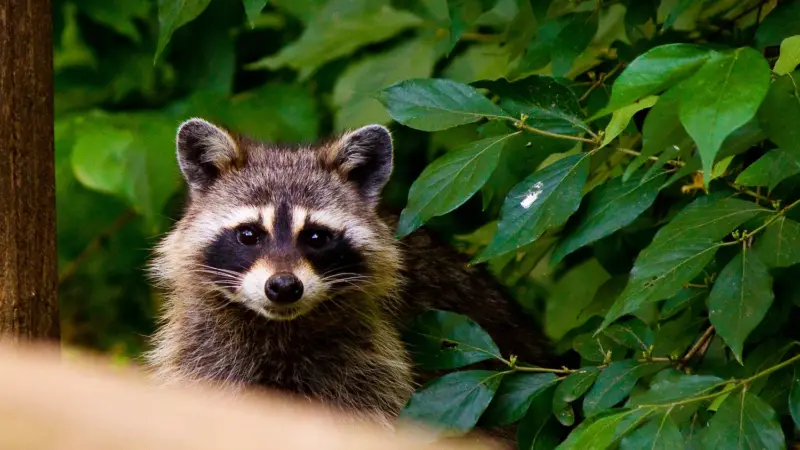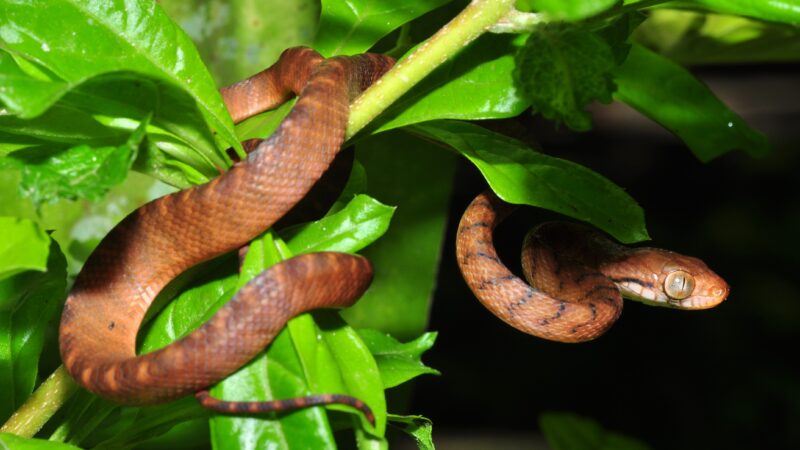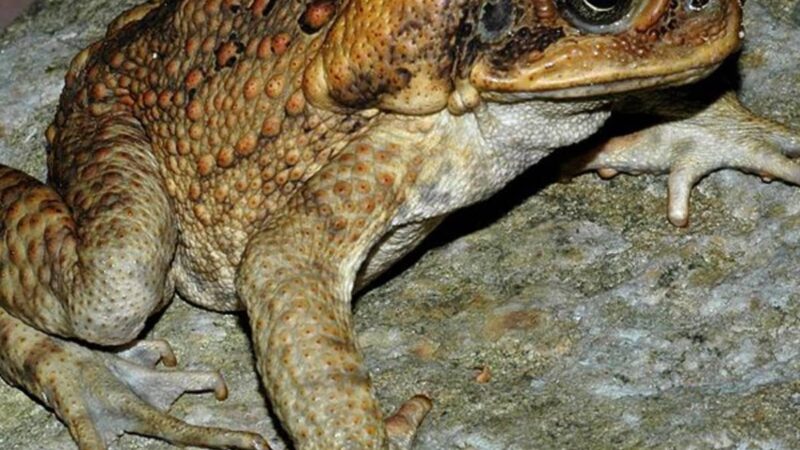What Are Some Invasive Species in the United States

Invasive species pose a significant threat to ecosystems around the world, including the United States. These non-native species, introduced either intentionally or accidentally, can have devastating effects on native plants, animals, and habitats. The United States is home to a wide variety of invasive species that have spread rapidly and caused extensive ecological and economic damage. This article will explore some of the most notable invasive species in the United States, their impacts, and ongoing efforts to control and manage them.
1. Asian Carp: Threatening Aquatic Ecosystems
One of the most concerning invasive species in the United States is the Asian carp. Originally imported to control algae and weed growth in aquaculture ponds, these fish escaped into the wild and have since spread throughout the Mississippi River basin. Asian carp, including the silver carp and bighead carp, outcompete native fish for food and habitat, disrupting entire aquatic ecosystems. Their rapid reproduction rates and ability to jump out of the water when startled pose risks to boaters and anglers.
Efforts to control Asian carp populations have included physical barriers, such as electric fences, to prevent their movement into sensitive areas. Additionally, commercial fishing has been promoted to reduce their numbers. However, eradicating Asian carp entirely remains a challenge due to their resilience and adaptability.
2. Burmese Python: A Threat to Florida’s Everglades
The Burmese python, native to Southeast Asia, has become a notorious invasive species in Florida’s Everglades. These large constrictor snakes were introduced through the pet trade and have established breeding populations in the wild. With no natural predators in the area, their numbers have exploded, causing significant harm to native wildlife.
Burmese pythons prey on a wide range of animals, including birds, mammals, and reptiles, leading to a decline in native species populations. Their presence has also disrupted the natural food chain and altered the ecosystem dynamics of the Everglades. Efforts to control the Burmese python population have involved trapping and removal programs, as well as encouraging public reporting of sightings. However, the vast and remote nature of the Everglades makes complete eradication a challenging task.
3. Zebra Mussels: Impacting Waterways
Zebra mussels, native to Eastern Europe, have become a major concern in the United States since their accidental introduction in the late 1980s. These small, striped mollusks have spread rapidly throughout the Great Lakes and other water bodies, clogging pipes, damaging infrastructure, and disrupting native ecosystems.
Zebra mussels are filter feeders that consume large quantities of plankton, reducing food availability for native species. They also attach themselves to hard surfaces, such as boat hulls and water intake structures, causing significant economic damage. Efforts to control zebra mussel populations have included chemical treatments, physical removal, and public education campaigns to prevent their spread through recreational boating. However, their ability to reproduce quickly and withstand harsh conditions makes complete eradication nearly impossible.
4. Kudzu: The Vine That Swallows the South
Kudzu, often referred to as “the vine that ate the South,” is an invasive plant species that has wreaked havoc across the southeastern United States. Originally introduced from Japan for erosion control, kudzu quickly spread and now covers millions of acres of land. This fast-growing vine smothers native vegetation, preventing sunlight from reaching them and ultimately killing them.
The impact of kudzu extends beyond its suffocating effect on native plants. It alters habitats for wildlife, reduces biodiversity, and can even damage infrastructure by covering buildings and power lines. Various methods have been employed to control kudzu, including herbicide applications, manual removal, and the introduction of natural enemies. However, the persistence and resilience of this invasive plant make long-term management a challenging task.
Conclusion:
Invasive species in the United States pose a significant threat to ecosystems and the economy. The examples discussed in this article, such as Asian carp, Burmese pythons, zebra mussels, and kudzu, highlight the diverse range of invasive species and their impacts on different habitats. Efforts to control and manage these invasions require a combination of strategies, including public awareness, monitoring, early detection, and rapid response. By understanding the threats posed by invasive species and implementing effective management practices, we can work towards preserving the biodiversity and ecological balance of our natural environments.






